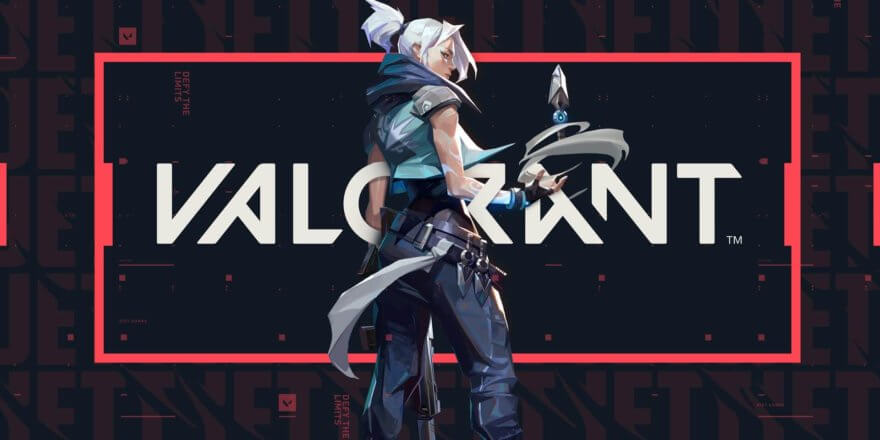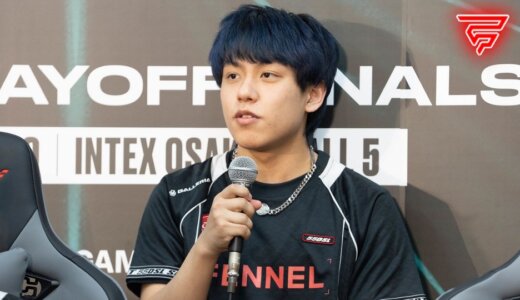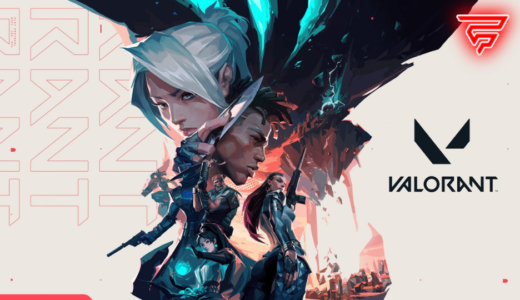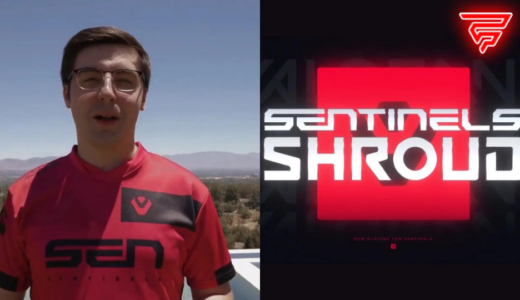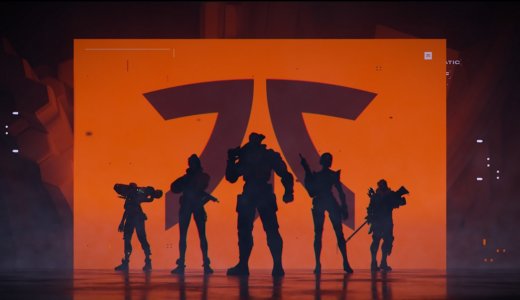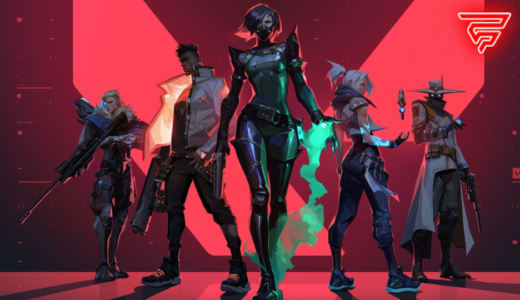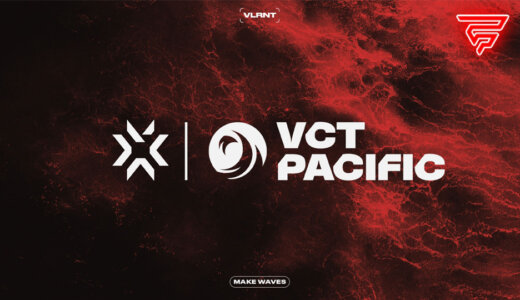VALORANT is set somewhere between the lines of Counter-Strike, Rainbow Six: Siege, and Overwatch. The game managed to garner a lot of publicity in its beta stage and the attention of professional gamers has grown every single day.
RIOT have been heavily invested in the competitive aspect of the game, trying to mold it into an esports title. Now, a few months have passed. Some of the biggest organizations have taken the risk and have signed VALORANT players. Amongst them are international stars like Jay “sinatraa” Won. The player, prior to his transition, had just been crowned MVP of Overwatch League. There are top-tier events almost every weekend, despite the game being less than half a year old.
WHERE DO THESE TOURNAMENTS COME FROM?
It’s quite unusual for a game this young to already feature so many events. Titles like Rainbow Six: Siege or PUBG have taken years to get to a point at which there are monthly (or even weekly) competitions. Taking a look at the list of events taking place in VALORANT now, it becomes obvious that the game has already established a sizable scene. Where does this come from?
On one hand, there are third-party tournaments from outsider organizations. RIOT allows these companies to run VALORANT events. But the developers are also involved, in the form of IGNITION Series tournaments. Those competitions are sanctioned and overseen by RIOT themselves, but are being held by other organizers. This way they want to test out different structures and formats, eventually deciding on a strategy for the years to come.
Because of this, companies like BLAST or Flashpoint have already dipped their feet into game and tried out whether VALORANT is worth adding to their list. So far, there have been more than a dozen IGNITION Series events in a lot of different regions. Unfortunately, RIOT couldn’t hold any of them offline. But they actually had a lot of LAN events planned for this young game. While these obviously can’t take place now, the developers have still created a massive esports scene from the ground up already.
For the pros, this is a huge opportunity. Without such frequent tournaments, organizations like TSM or G2 Esports would never have invested in VALORANT, which is likely quite an expensive affair. Obviously, while VALORANT is still young, the players want to be compensated highly. After all, most of them can look back on a lengthy career.
WHY SO MANY PROS MAKE THE SWITCH
There are already quite a few notable and internationally established professional players within VALORANT esports. They haven’t just spawned from nothing, though. Most of them have come from a Counter-Strike, Overwatch, or Fortnite background. At the international top, virtually all teams boast at least one CS:GO professional. Why is that?
There are a lot of reasons for this. In League of Legends, RIOT have probably raised the biggest esports title of all time. The developers put a lot of time and effort into this game and specifically care for its esport community. Not all studios actually do this! Without wanting to criticize the other esports titles, RIOT certainly do a good job and we can expect VALORANT to grow further as an esport.
Some players just need to switch things up, though. It’s absolutely normal to want some change of scenery after competing in the same old game for many years. Titles like PUBG also lack the intricate web of tournaments that exists in CS:GO, for instance. In PUBG, only very few teams can actually pull through and it’s certainly more difficult to secure the support of a professional organization.

sinatraa is one of the most famous players to transition from another esports title.
A SECOND CHANCE FOR OLD TALENT
On the other hand, there are lots of old-established pros, who have long since been overtaken by the young guns in their games, or who just haven’t found back to their old form and have become irrelevant. Take Adil “ScreaM” Benrlitom as an example. The Belgian has tried for quite some time to get back to the top of CS:GO. But his glory days are long gone. Most recently, he dwas unable to impress in GamerLegion. VALORANT is new and undiscovered still. There, he can use his experience as an FPS player to get a headstart. His history and his social media reach are also an additional bonus for potential sponsors. And behold: ScreaM was signed by Team Liquid alongside the guys from Fish123 just weeks into his new career.
But it’s more than just the old guard that wants to have a second life in VALORANT. In the United States, for instance, many CS:GO teams are currently competing without professional support. This hardly comes as a surprise, considering the small amount of teams that can actually hold their own internationally. When a third of the teams in ESL Pro League NA are playing without pay, they need to explore alternative paths. It’s as simple as that.
The North American superstar, Matthew “Wardell” Yu, for instance, was also a “failed” CS:GO prospect. He would probably have found his way onto a notable roster at some point or another, but in VALORANT he is at the very top already. In-game-leaders like Pujan “FNS” Mehta or Kirill “ANGE1” Karasiow have also taken this route. The latter now manages to lead a team at the top of European VALORANT esports.
LEAVING A DEAD CAREER BEHIND
Many players hope for more than just a second chance in this game. For some, their journey in another esport has simply ended and there is just no other option than transitioning. This issue is best embodied by Joshua “steel” Nissan, Braxton “swag” Pierce and Keven “AZK” Larivière. The three were part of the iBUYPOWER roster that was banned from CS:GO competition for match-fixing in 2014. In the eyes of the community, they have long since paid their dues and should be allowed to return to competitive play. In 2018, ESL and DreamHack removed their restrictions, but Valve have remained firm on their decision to impose an indefinite ban.

Joshua “steel” Nissan
The result of this is that none of these players can attend a Major tournament, which means that they will never find a place in a roster with Major ambitions. Actually, steel had trained and prepared a talented group of players recently, leading them to great results domestically. But now, the team is ready for a World Championship, and steel just cannot accompany them on the way. As he doesn’t want to sit on the threshold of success in CS:GO forever, he has drawn the only possible conclusion – move away from Counter-Strike. Hundreds of professional players have now put their hopes for a great career in this game.
CAN VALORANT MEET THESE EXPECTATIONS?
Games like PUBG or Overwatch have demonstrated that an esports scene needs more than just developer support in order to grow big. The community needs to actually be interested as well. Without the support of the player base, it doesn’t matter how many million dollars are being invested into tournaments, if no one wants to see them. So RIOT are making the smart decision to wait and measure the scale of public interest and whether the viewing figures remain stable. The biggest chunk of work and responsibility lies on other organizers at this point.
But taking a look at RIOT’s work with League of Legends makes clear that the people in charge know how to do esports. If a company can manage to create such a competitive scene from scratch and sustain it for years to come, it’s probably RIOT. But there are a lot of variables that have to play into this for the game to remain strong. Recently, the game hasn’t been performing as expected and mechanically, it lags behind. Some nasty bugs in spectator mode and the small four-map pool are fueling criticism and honest doubts. This could have been avoided, after all VALORANT isn’t the first and only tactical FPS in the world.
RIOT have to get used to being held up to the standards set by themselves and others. VALORANT still has a lot of room for improvement.
